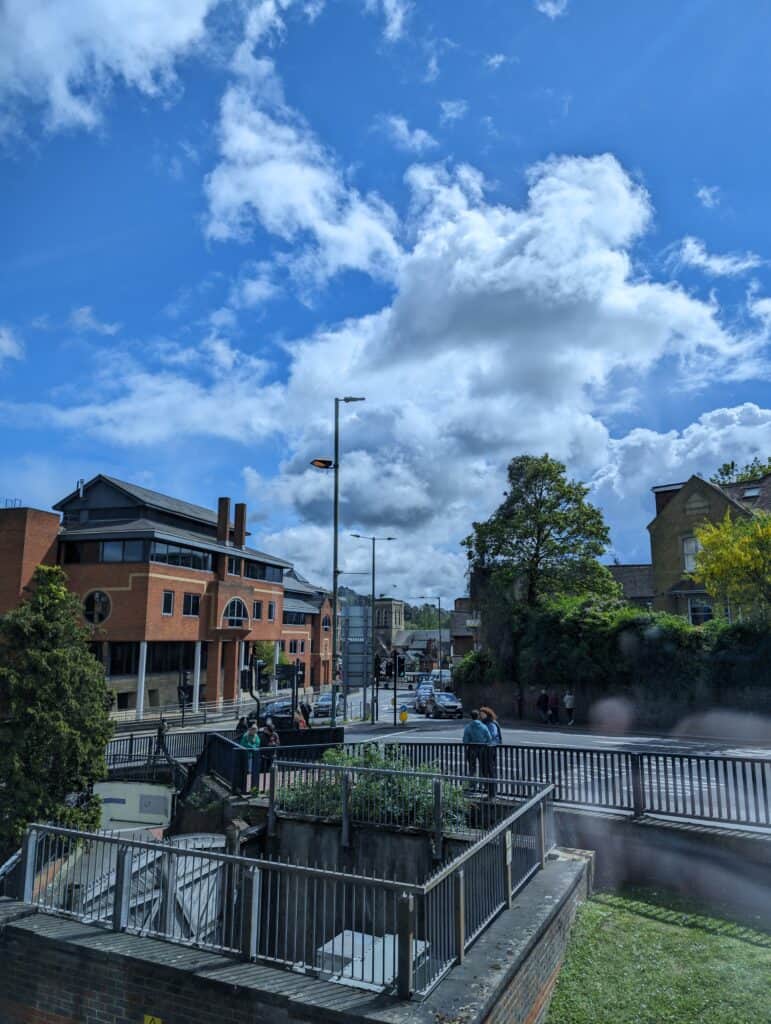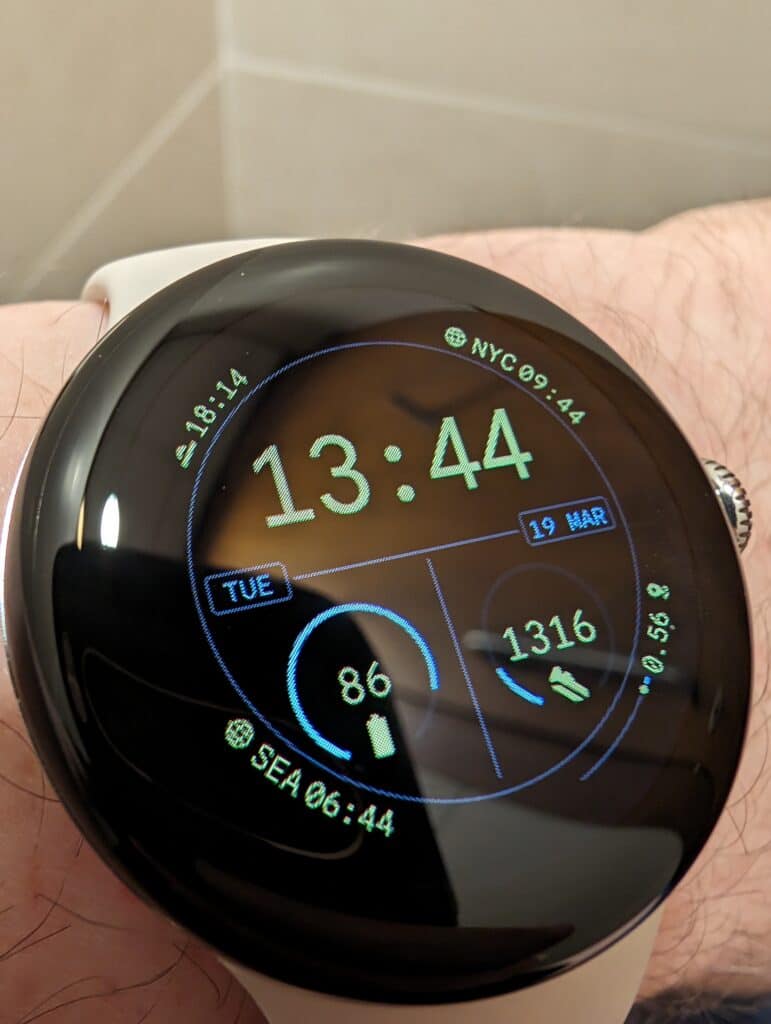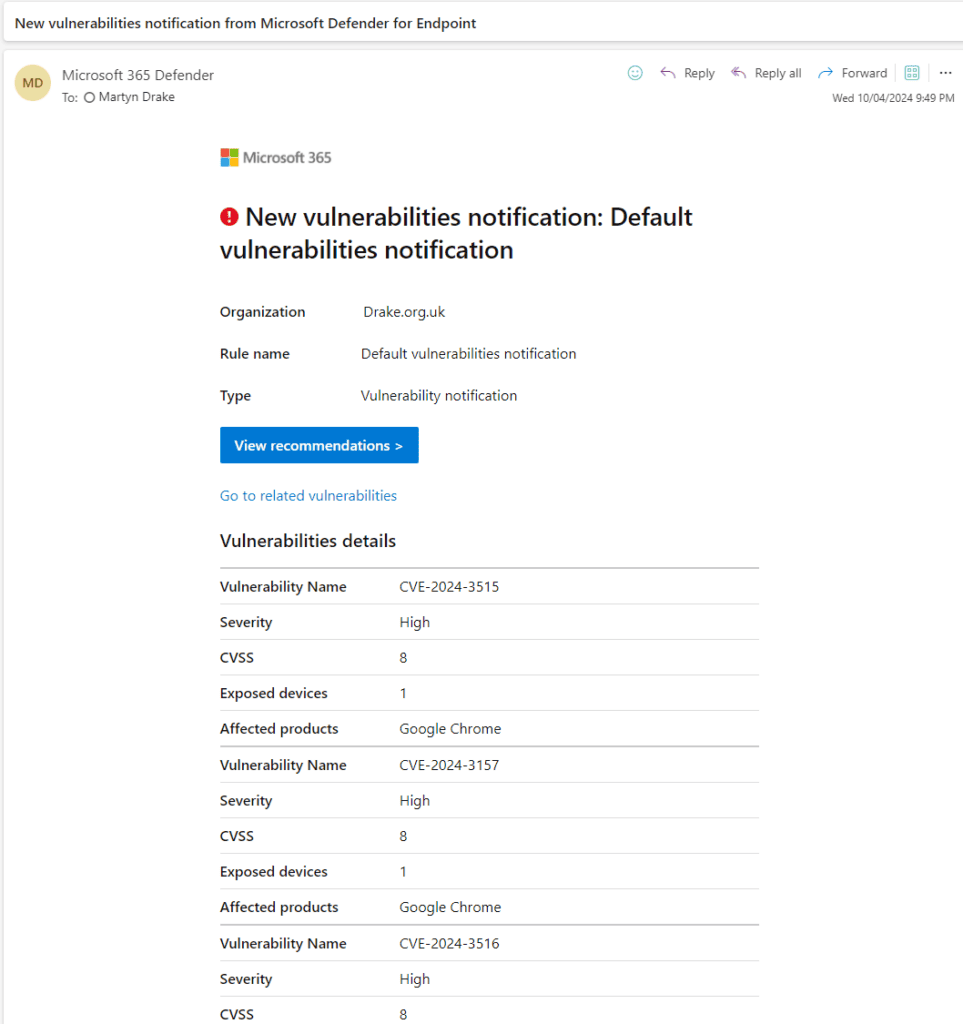I’ve been a Kindle owner (and e-book enthusiast) for a very long time. I have, at my last count, over 600 e-books I’ve collected, and all of them can fit comfortably on my Kindle Oasis and have room for over 25,000 more. Not that I would recommend that since with great convenience comes a massive pain point as you’re locked into an ecosystem which you can’t escape from.
Two problems.
The first is that while it is legal to break DRM in order to create backups of content, you are breaking the terms and conditions of, let’s say Amazon, who stipulate that you can’t do that. You risk having your account closed and losing absolutely all digital products you’ve ever bought with them. Yet there is a very widely published way of removing the DRM from Kindle books which allows you to use any app or device which supports ePub or some other format (such as PDF).
The second is that you’re reliant on the vendor to keep developing the hardware and software for reading the books.
Other problems include, but not limited to: exclusivity, and potentially price fixing. Not to mention the inability to digitally lend books to friends and family and other things that a paperback or hardback physical copy can do.
I have written to my local MP (Jonathan Lord) to enquire about the right to transfer digital content from one company platform to another – at least if you feel aggrieved about a particular platform, you can take your digital content to another service (and so on) without penalty. Likewise, transferring content from one person to another.
I feel we desperately need laws in this country to state that any non-tangible good such as digital music, film and TV shows or e-books will remain permanently with the consumer regardless of whatever happens to the original supplier, and that they have the right to transfer it to another company or platform, as well as transferring it to another person. Just because it’s a bunch of bits doesn’t make it any less value than a CD or vinyl, a DVD or VHS tape, or a paperback or hardback book. It’s the contents of the medium which is of value.
Consumers need protection from companies that provide digital content from going bust or leaving the market. Simply palming off a digital service to somebody else who eventually realises they can’t maintain it is not good enough.
Anyway, enough grumbling.
I have pre-ordered my first non-Kindle e-book reader – a Kobo Libra Colour, and moving my e-book ecosystem over to Kobo (and you’ve probably guessed what I’ve done to do so).
For the longest time, e-book readers have been strictly black and white – but the technology to provide colour within text and images has been a long time coming. Kobo has beaten Amazon to the market with their Libra and Clara Colour readers which are similar to the Kindle Oasis and Paperwhite. Except the Libra can utilise a stylus for drawing, highlighting and making notes – and do it better than the Kindle can (and even then, only on their expensive and much bigger Scribe).
I like the idea of being able to annotate and make notes within an e-book. I need something to replace my aging Oasis which STILL utilises micro-USB charging. Amazon has seriously stalled on their reading hardware which, given the size of their e-book ecosystem, ironic. Kobo has clearly thought this through and jumped on the opportunity. The Libra and Colour have launched today, and early reviews suggest this could well see people like me move away from Kindle – at least for new content – and into the Koboverse.
I’m also trialing Kobo Plus which gives unlimited access to many e-books and audiobooks from the Kobo catalogue. One such audiobook I’m looking forward to trying to L. Ron Hubbard’s Battlefield Earth. It’s 47 hours long! But I read the original novel nearly two decades ago and found it to be excellent – very enjoyable. The e-book is also available via Kobo Plus too, so it’ll good to see if it works in a similar way to Amazon’s system whereby you can listen to the audiobook, fire up the e-book and it’ll put you right where you left off (and vice versa).
As the Libra utilises a colour display, I’ll also be giving several graphic novels a go. One complaint I’ve had with the Kindle app on the iPad mini is that I could never read the text as it was too small. From what I’ve seen, graphic novels should actually look good and be legible on this device.
A full review will be forthcoming. Will it make me sell my Oasis? What happens if Amazon release a colour Kindle? All these questions will be answered soon!





